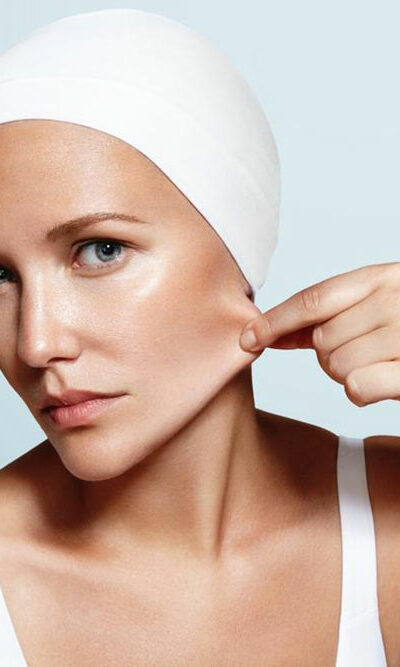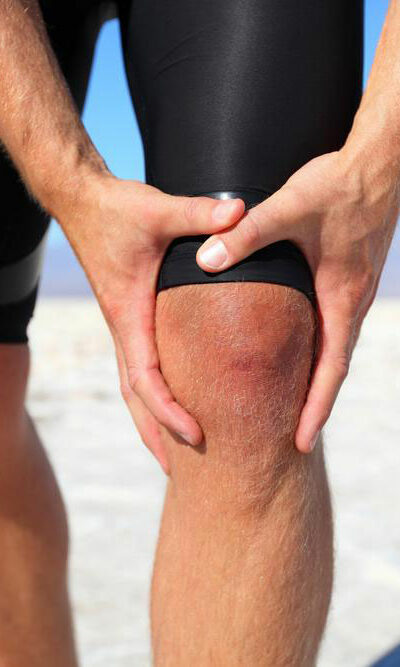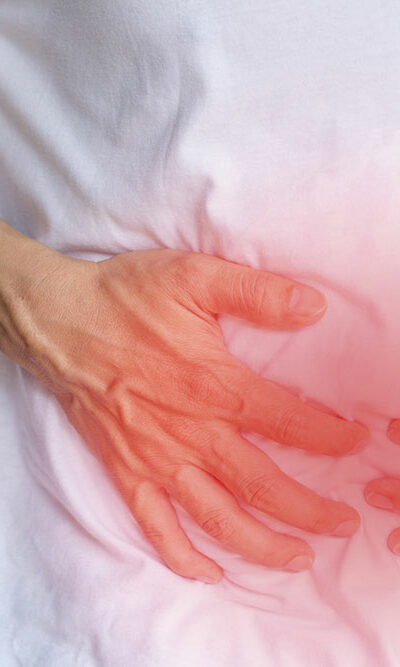
Symptoms and Signs of Alzheimer’s Disease
Our memories are often our most prized possessions. They remind us of lessons learned and a life well lived. Imagine the pain of losing them! This is what exactly happens in Alzheimer’s disease. Alzheimer’s is a chronic, degenerative disease that affects neurological and cognitive functions and is the most common cause of dementia. It affects approximately 29.8 million people worldwide, as of 2015. Alzheimer’s is a painful and debilitating condition. Therefore, it is important to watch out for the symptoms and signs to improve the quality of life. Alzheimer’s disease can have many varied signs. Alzheimer’s disease has a slow, insidious onset, so you have to be vigilant to the symptoms. It starts off slowly and progresses until control of bodily functions is lost. The life expectancy of patients with Alzheimer’s ranges between 3 – 9 years. Warning Signs: Alzheimer’s disease The early signs and symptoms of Alzheimer’s are often vague. The first characteristic sign of Alzheimer is an inability to remember recent events including forgetting names of objects, places, and people. As the disease progresses, the memory impairment worsens along with the appearance of other signs of Alzheimer. Alzheimer’s shows the following symptoms: Difficulty in planning or problem-solving: Some people will notice that it is becoming harder for them to formulate and stick to plans and structured activity. There may be an associated difficulty in managing numbers. Difficulty in performing familiar tasks: A person may forget to perform routine tasks and activities such as to operate a stove, use tools, or other such signs of Alzheimer. Alzheimer’s can impair the ability to complete tasks that were once familiar. Language problems: A person may forget words, pronunciations, spellings, grammar, and another component of written and spoken language. There may difficulty holding or following a conversation and using the wrong words.










